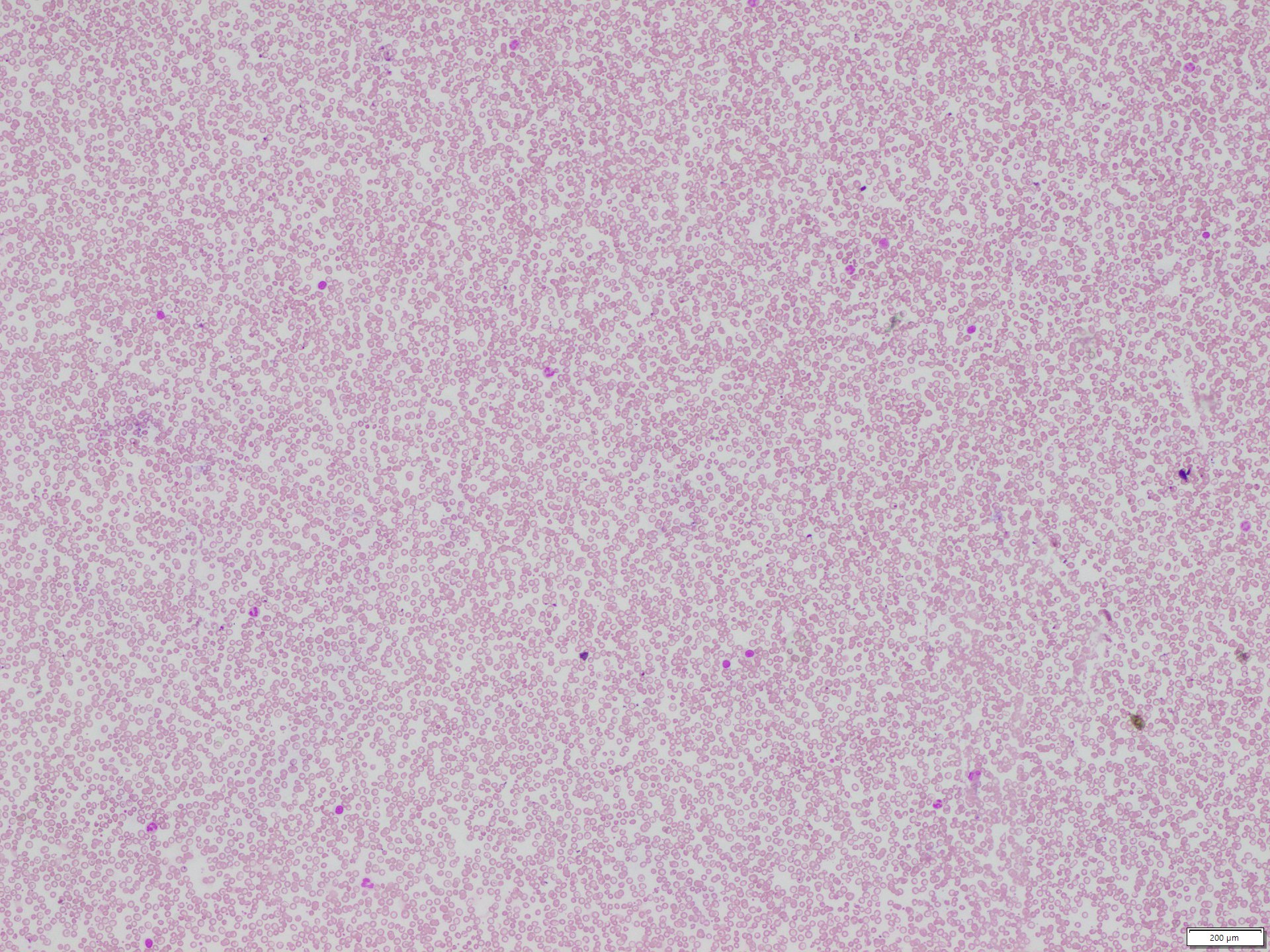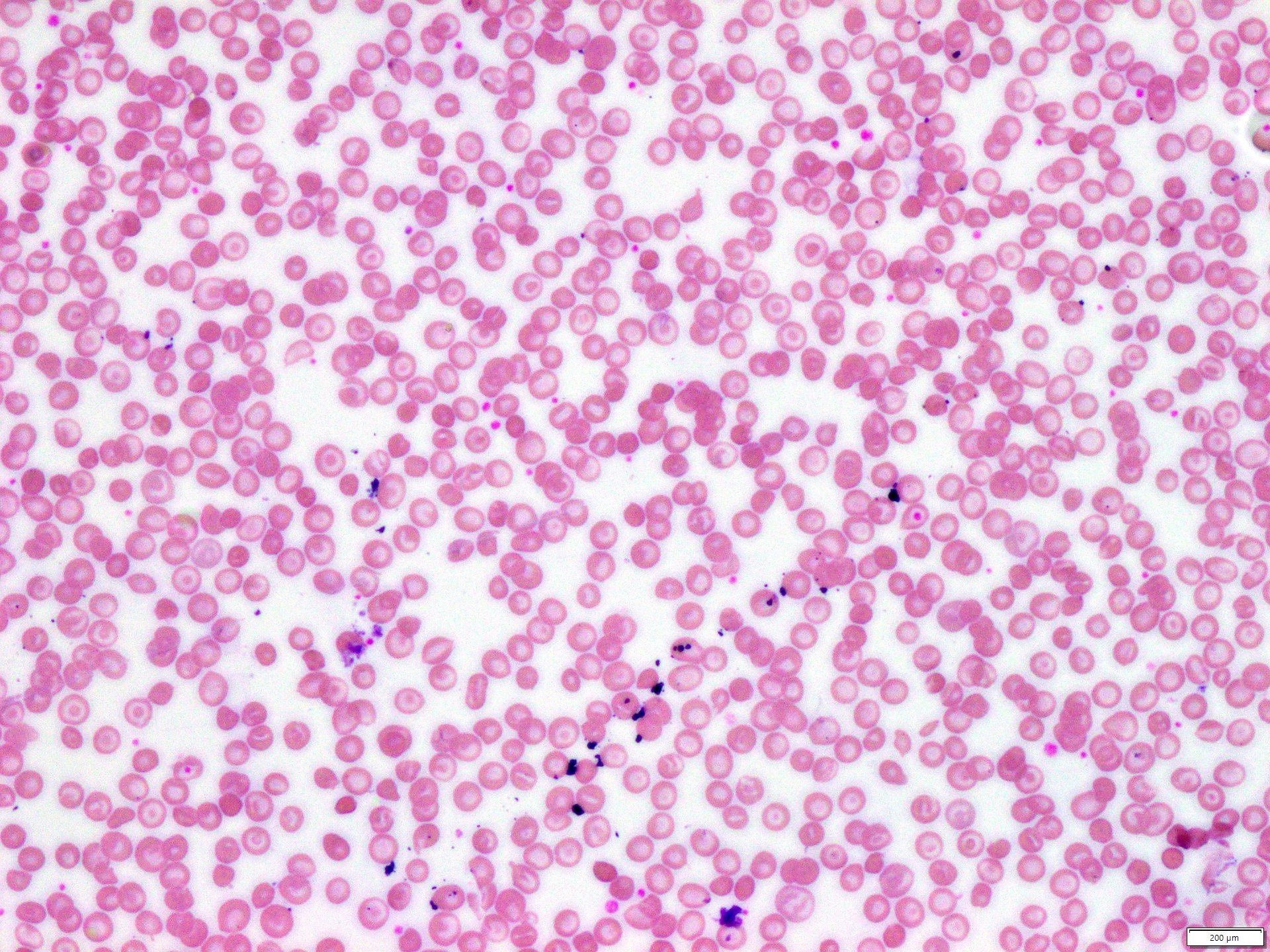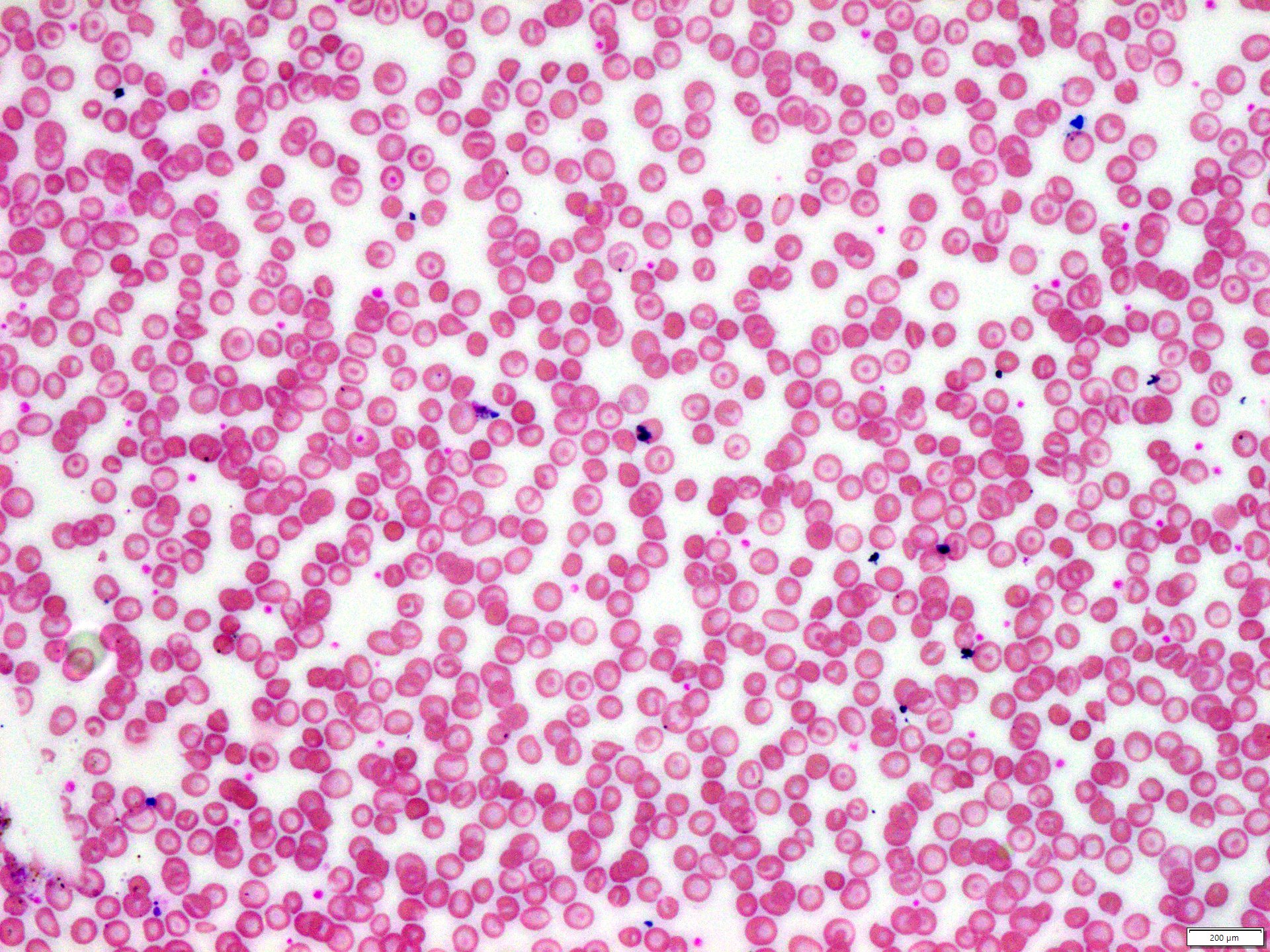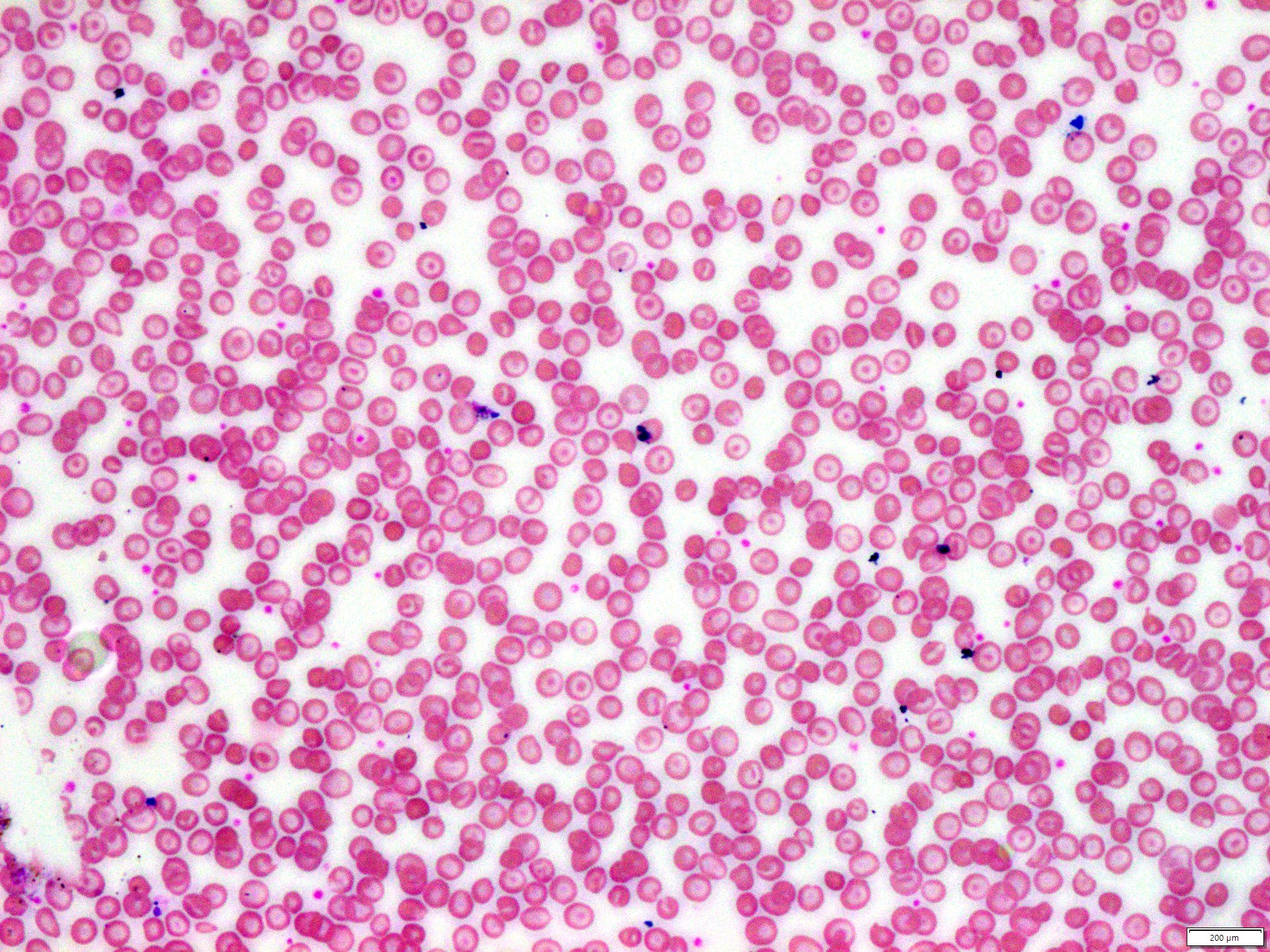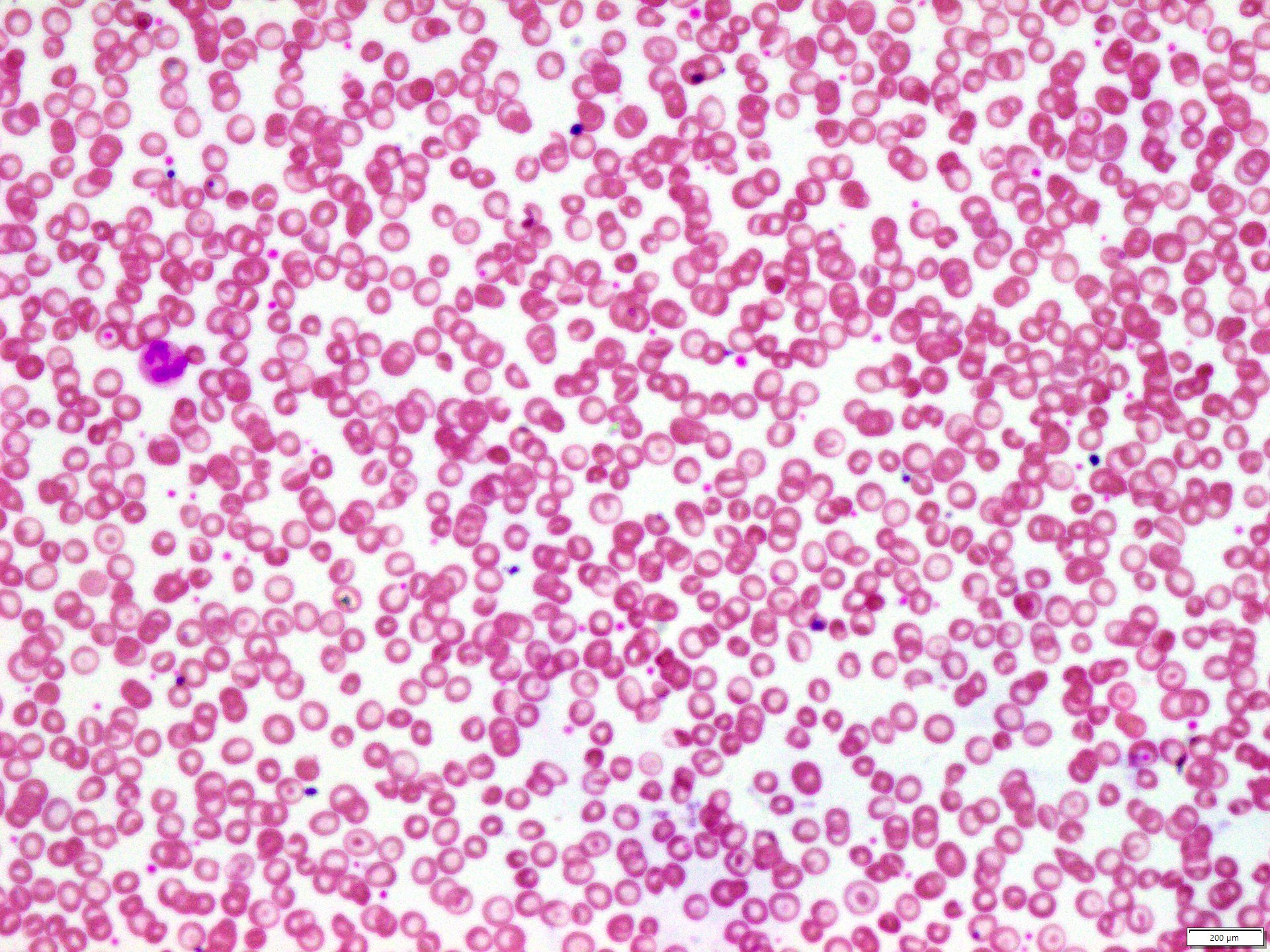Haemoglobin-E Diseases
Hemoglobin E disease
Preview the new GARD site
Summary
Hemoglobin E (HbE) disease is a mild, inherited blood disorder characterized by an abnormal form of hemoglobin, called hemoglobin E. People with this condition may have very mild anemia, but the condition typically does not cause any symptoms. It is inherited in an autosomal recessive manner and is caused by a mutation in the HBB gene. The mutation that causes hemoglobin E disease primarily occurs in Southeast Asian populations, and rarely in Chinese populations. Most people with HbE disease do not need any treatment.[1][2]
Diagnosis
Newborn Screening
- An ACTion (ACT) sheet is available for this condition that describes the short-term actions a health professional should follow when an infant has a positive newborn screening result. ACT sheets were developed by experts in collaboration with the American College of Medical Genetics.
- An Algorithm flowchart is available for this condition for determining the final diagnosis in an infant with a positive newborn screening result. Algorithms are developed by experts in collaboration with the American College of Medical Genetics.
- Baby’s First Test is the nation’s newborn screening education center for families and providers. This site provides information and resources about screening at the local, state, and national levels and serves as the Clearinghouse for newborn screening information.
- The Newborn Screening Coding and Terminology Guide has information on the standard codes used for newborn screening tests. Using these standards helps compare data across different laboratories. This resource was created by the National Library of Medicine.
Treatment
Organizations
Support and advocacy groups can help you connect with other patients and families, and they can provide valuable services. Many develop patient-centered information and are the driving force behind research for better treatments and possible cures. They can direct you to research, resources, and services. Many organizations also have experts who serve as medical advisors or provide lists of doctors/clinics. Visit the group’s website or contact them to learn about the services they offer. Inclusion on this list is not an endorsement by GARD.
Organizations Supporting this Disease
- European Network for Rare and Congenital Anaemias (ENERCA)
University of Barcelona
Red Cell Pathology Unit
C/Villarroel, 170 – 08036
Barcelona
España
Telephone: (34) 93 451 5950
Fax: (34) 93 227 1764
E-mail: enerca@enerca.org
Website: http://www.enerca.org
Learn More
These resources provide more information about this condition or associated symptoms. The in-depth resources contain medical and scientific language that may be hard to understand. You may want to review these resources with a medical professional.
Where to Start
- The Merck Manual provides information on this condition for patients and caregivers.
In-Depth Information
- The Merck Manual for health care professionals provides information on Hemoglobin E disease.
- The Monarch Initiative brings together data about this condition from humans and other species to help physicians and biomedical researchers. Monarch’s tools are designed to make it easier to compare the signs and symptoms (phenotypes) of different diseases and discover common features. This initiative is a collaboration between several academic institutions across the world and is funded by the National Institutes of Health. Visit the website to explore the biology of this condition.
- Orphanet is a European reference portal for information on rare diseases and orphan drugs. Access to this database is free of charge.
GARD Answers
Questions sent to GARD may be posted here if the information could be helpful to others. We remove all identifying information when posting a question to protect your privacy. If you do not want your question posted, please let us know.
References
- Bachir D & Galacteros F. Hemoglobin E. Orphanet Encyclopedia. November, 2004; http://www.orpha.net/data/patho/Pro/en/HemoglobinEDisease-FRenPro3654.pdf.
- Evan M. Braunstein. Hemoglobin E Disease. Merck Manual. January, 2017; http://www.merckmanuals.com/professional/hematology-and-oncology/anemias-caused-by-hemolysis/hemoglobin-e-disease.
- Stanley L Schrier. Introduction to hemoglobin mutations. UpToDate. Waltham, MA: UpToDate; July, 2015;
- Vichinsky E. Hemoglobin e syndromes. Hematology Am Soc Hematol Educ Program.. 2007;
- Parents’ Guide to Hemoglobin E Disease. Utah Department of Health. May 23, 2012; http://health.utah.gov/newbornscreening/Disorders/HB/Hb_E_Disease_EE/FactSheet_Family_HbEE_En.pdf.


